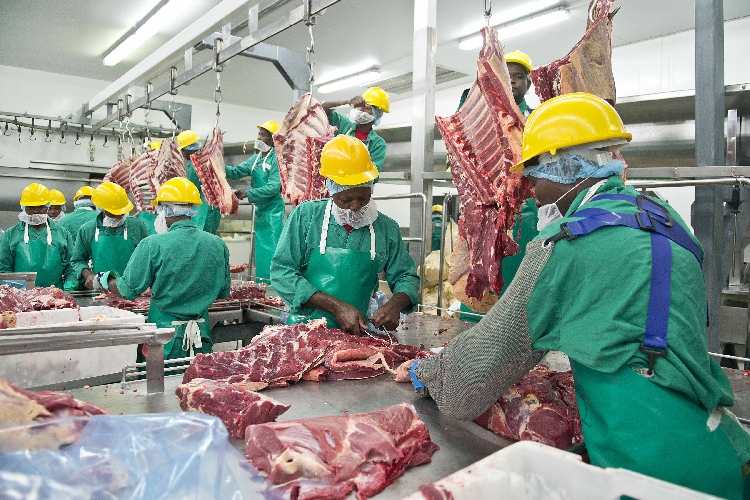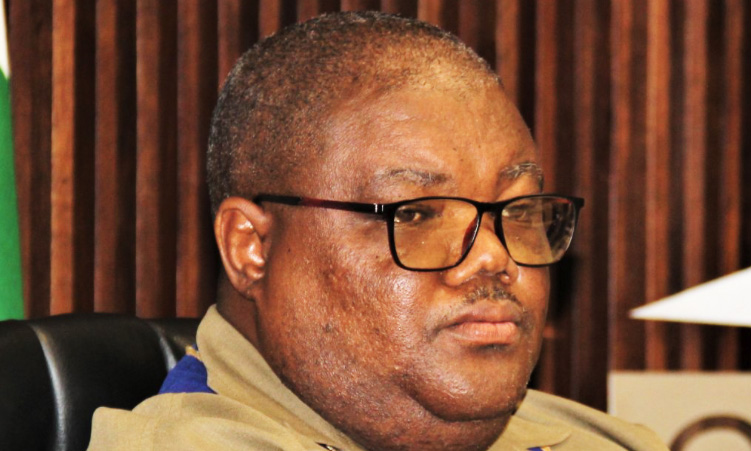DAKAR – Having been the best friends of some of the nastiest putschists and warmongers on the planet, diamonds are slowly but with considerable difficulty coming clean.
African countries are relying on an international certification programme to open up new markets for legitimate diamonds, but it is impossible to know how many gems are still evading the controls. In 2000, the United Nations promoted the Kimberley Process Diamond Certification Scheme to prevent illicitly mined diamonds being used to finance Africa’s interminable coups and civil wars.Governments and companies in more than 40 countries involved in the production, transformation importation or exportation of diamonds agreed to take part in the program.But at a review conference in Sun City, South Africa, last October, rights organisations questioned the credibility of the program, saying it was inadequately policed.The 27-year Angolan civil war was largely financed by the sale of so-called conflict diamonds, despite repeated UN sanctions actions.Today, “we are not able to affirm that the illicit traffic in diamonds has ended,” said Sebastiano Panzo, spokesman for the Angolese Diamond Company, Endiama, “but it has diminished.”Panza said Angola envisages raising its annual diamond output to 15,000 carats, from 6,000.He said this was realistic given the new climate of peace in the country and the measures taken to stamp out illegal diamond trading.In Central African Republic – the world’s fifth most important diamond producer, which has been afflicted with military rebellions and coup attempts since 1996 – the government is ostensibly trying to clean up the diamond industry in an attempt to make it more profitable.Authorities have suspended all personal mining concessions and are subjecting them to review following changes in the mining code and sectoral tax structure last year.Officially, the country sells 500,000 carats on the Belgian market each year, but there are widespread suspicions that as much again is sold illegally or fraudulently.According to official figures, Democratic Republic of Congo (DRC) sold 2,7 million carats of diamonds for US$81,4 million (N$573,2 million) in the year ending July, but industry sources suspect that in addition, a huge amount of stones is fraudulently sent across the 1,500 kilometre frontier with the Congo Republic.Unable to justify the wide gap between its own modest production and its high exports, the DRC has been excluded from the Kimberley process.Liberia and Sierra Leone have been sanctioned for trafficking diamonds.But industry sources said the two countries, which have been destroyed by years of savage civil conflict, are still the source of a supply of illegal diamonds to other countries such as Guinea, Ivory Coast, Gambia and, further afield, Libya.-Nampa-AFPIn 2000, the United Nations promoted the Kimberley Process Diamond Certification Scheme to prevent illicitly mined diamonds being used to finance Africa’s interminable coups and civil wars.Governments and companies in more than 40 countries involved in the production, transformation importation or exportation of diamonds agreed to take part in the program.But at a review conference in Sun City, South Africa, last October, rights organisations questioned the credibility of the program, saying it was inadequately policed.The 27-year Angolan civil war was largely financed by the sale of so-called conflict diamonds, despite repeated UN sanctions actions.Today, “we are not able to affirm that the illicit traffic in diamonds has ended,” said Sebastiano Panzo, spokesman for the Angolese Diamond Company, Endiama, “but it has diminished.”Panza said Angola envisages raising its annual diamond output to 15,000 carats, from 6,000.He said this was realistic given the new climate of peace in the country and the measures taken to stamp out illegal diamond trading.In Central African Republic – the world’s fifth most important diamond producer, which has been afflicted with military rebellions and coup attempts since 1996 – the government is ostensibly trying to clean up the diamond industry in an attempt to make it more profitable.Authorities have suspended all personal mining concessions and are subjecting them to review following changes in the mining code and sectoral tax structure last year.Officially, the country sells 500,000 carats on the Belgian market each year, but there are widespread suspicions that as much again is sold illegally or fraudulently.According to official figures, Democratic Republic of Congo (DRC) sold 2,7 million carats of diamonds for US$81,4 million (N$573,2 million) in the year ending July, but industry sources suspect that in addition, a huge amount of stones is fraudulently sent across the 1,500 kilometre frontier with the Congo Republic.Unable to justify the wide gap between its own modest production and its high exports, the DRC has been excluded from the Kimberley process.Liberia and Sierra Leone have been sanctioned for trafficking diamonds.But industry sources said the two countries, which have been destroyed by years of savage civil conflict, are still the source of a supply of illegal diamonds to other countries such as Guinea, Ivory Coast, Gambia and, further afield, Libya.-Nampa-AFP
Stay informed with The Namibian – your source for credible journalism. Get in-depth reporting and opinions for
only N$85 a month. Invest in journalism, invest in democracy –
Subscribe Now!










